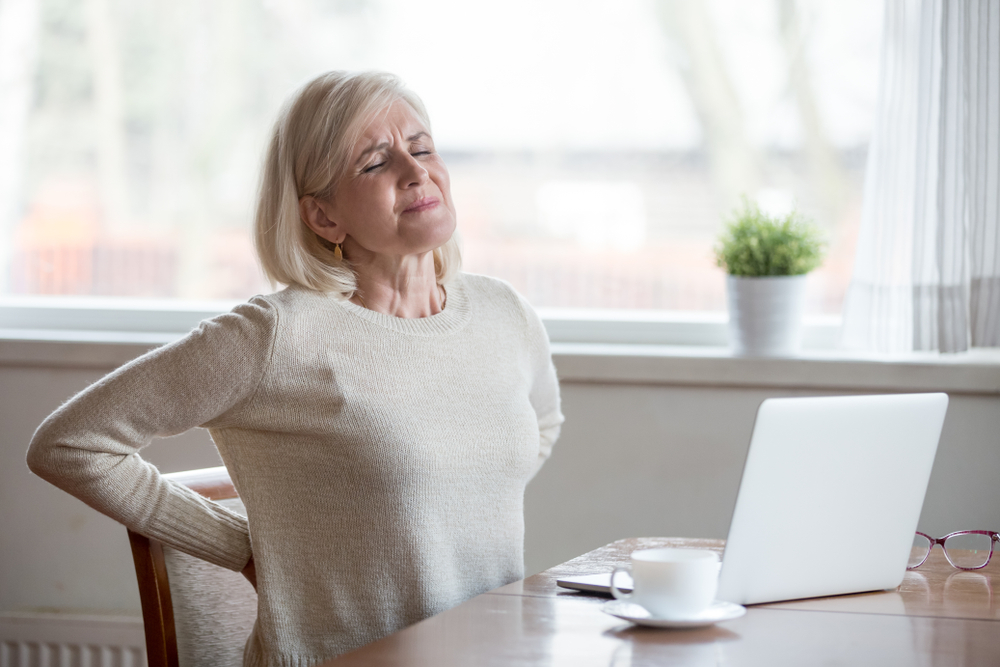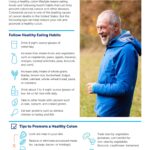Lower back pain is one of the most prevalent ailments that doctors and chiropractors are asked to treat, as well as being the most common reason for missing work due to disability. Many people suffer needlessly from back pain when their condition could be managed with the proper exercise regime.
Causes of lower back pain
Sometimes the cause of lower back pain is very obvious. People often develop back pain following an injury such as a blow to the back, or following a strain. It’s very common for back pain to develop after a patient lifts something that’s too heavy for them or picks up a load incorrectly. Other causes of back pain are harder to pin down to a specific root cause. These may be due to the long-term effects of bad posture, or because of some minor spinal deformity that goes undiagnosed until it causes pain.
Sometimes diseases may cause lower back pain. Inflammatory conditions like rheumatoid arthritis are common culprits. Infections in the tissues of the spine or nearby may cause back pain. Pain in the lower back is a common symptom of kidney diseases, such as kidney stones or infections of the kidney. More severe conditions such as cancer of the spine, while very rare, are another possibility.
Some causes of lower back pain can only be remedied with medication, such as infections. Others may require surgery or other medical interventions. In many cases, however, lower back pain can be treated with exercise and other forms of self-care.
Lower back pain can be acute or chronic. Acute back pain is pain that emerges suddenly and resolves within three months. Pain lasting longer than three months is deemed chronic.
Lower back pain: why rest is not always the answer
If you’re recovering from a recent injury to your back, your doctor may recommend bed rest or limited activity to allow the tissues to repair themselves. If you’re not on medically ordered bed rest, though, it’s a good idea to stay active as you recover from back pain.
This may seem counter-intuitive, especially since movement may initially make your symptoms worse. The temptation to remain as still as possible to avoid further pain is understandable. Immobility, however, can make your back problems worse rather than better. Striking a happy medium between overdoing exercise and spending too much time immobile can be tricky; there are also some exercises that you should avoid if you have back pain.
Exercises that can worsen back pain
If you habitually perform these exercises, you should stop immediately and find alternatives. While they may not present any risk to people without back problems, these exercises can exacerbate problems with your back.
Toe touches
Repeatedly bending to touch your toes can cause your spine to bend in ways that are likely to make your back pain worse.
Sit-ups
Some people recommend these as a way of strengthening the abdominal muscles and thus providing more support to your spine. Unfortunately, sit-ups can cause you to strain your back muscles, or damage your spine or its surrounding tissues.
Leg lifts
Lifting both legs together can hurt your back. Try performing a modified leg lift using each leg in turn.
Exercises for lower back pain relief
Cat-cow stretches
These can be done on all fours or seated in a chair. Arch your back like a cat, hold for a few breaths, then relax. Next, hollow your back, so your abdomen sticks out. Relax, then repeat the cycle.
Spinal twists
Lying on your back with your arms at your sides, flex your knees with your feet flat on the floor. Twist your head to the left and your knees toward the floor on your right. Repeat in the opposite direction.
Knee-to-chest stretches
Lie on your back with your knees flexed. Bend your left knee and bring it up towards your chest. Lower your left leg and repeat the same movement with your right leg.
Lower back pain can seem intractable but may resolve with the right treatment. Talk to your doctor about exercises for back pain relief. Don’t start a new exercise routine without taking medical advice first.
Tap for recommended posts on the tags you don’t follow





